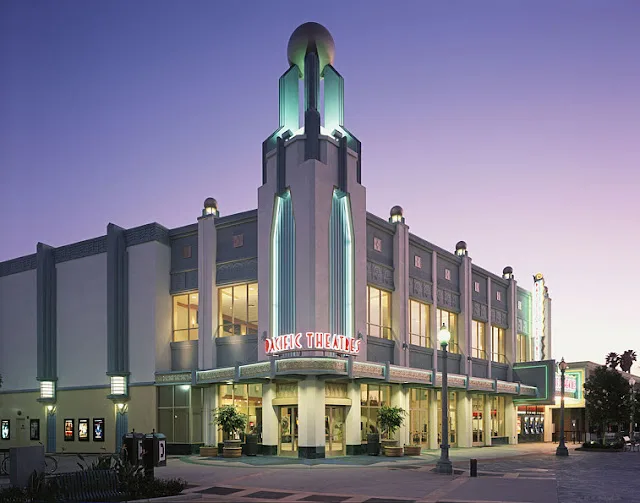I like to keep a note of possible Display Daily topics so that I can come up with a topic whenever the rota brings me to the keyboard. One topic that I have been meaning to write about for some time was a follow-up to an article that I wrote on Display Daily last year that reported on the development of HDR for cinemas following a webinar on the topic.
The research was based on some interesting work done by DCI, the organisation that develops standards for the digital cinema industry. At the time, the research was based on tests with direct view LED cinema installations (check it on YouTube here). The use of LEDs gave a high level of contrast and brightness in the tests and I wondered what the implications of the tests would be on projection. Projectors are really challenged when it comes to HDR because you really need a lot of contrast, which means either deep blacks, which are difficult with projection, or very bright highlights that do not bleed into the darker areas, which is also difficult for projectors.
The Specification is Revealed
Now the DCI has revealed its specification for HDR which includes recommendations about both projection and LED so I thought I would look at the differences. It also released a revised specification, based on the addendum, for direct view LEDs.
The original research showed that a black level of 0.005 cd/m2 and brightness of 300 cd/m2 seemed to be the points where the perception of HDR doesn’t get much better, giving a contrast ratio of 60,000:1. Those numbers are not a real challenge for LEDs, but are a big challenge for projection. Key to the relatively low maximum brightness needed (compared to domestic TVs which can go over 2,000 cd/m2) is that cinema has controlled low level ambient lighting, unlike the home.
The new addendum to the DCI regulations for HDR follow the test results by adopting the black level of 0.005 cd/m2 and luminance of 300 cd/m2 data points and has recommendations for reference displays, to be used in editing and grading suites as well as displays for theatres. There are nominal levels for luminance, black levels, colour range and accuracy and EOTF (which is based on PQ/ ST2084). The direct view specification also includes extra requirements for on and off-axis luminance and colour uniformity and reflectivity.
The specifications are tighter for ‘review room’ and ‘exhibition theatre’ displays and between direct view and projection in terms of tolerances. For example, the overall luminance for direct view has to be ± 9.0 cd/m2 while projectors are allowed to drop to 75% of peak brightness at the corners, to allow for the vignetting effect of projection systems.
Clearly, the reality of cinemas (with emergency lights and reflections from the audience), is that projection systems will not get down to 0.005 cd/m2 on a theatre screen, so the addendum specifies that ‘Minimum active black level shall be measured in a manner that minimises or eliminates the contribution of ambient light’. In other words, the specification mandates device performance, not system performance. Projectors in test conditions can show very high levels of contrast, but the system contrast – that is the actual contrast on the screen in a live installation – is very different.

Demonstration in Culver City
In February, SMPTE showed the HDR content at the impressive Culver City Theater, owned by Amazon Studio. It has “the only theater in the western United States equipped with DCI compliant, HDR direct view screening systems”. It has four Samsung Onyx 4K LED displays and one 8K. I do some writing for the 8K Association and Executive Director Mike Fidler visited the facility this week and was very impressed with the impact. “It was almost too bright”, he told me, but it was very impressive, he confirmed. Given that Display Week is in LA in May, I’m hoping to somehow get to see the displays for myself this summer. I need to check what content will actually be available that has been graded to HDR.

